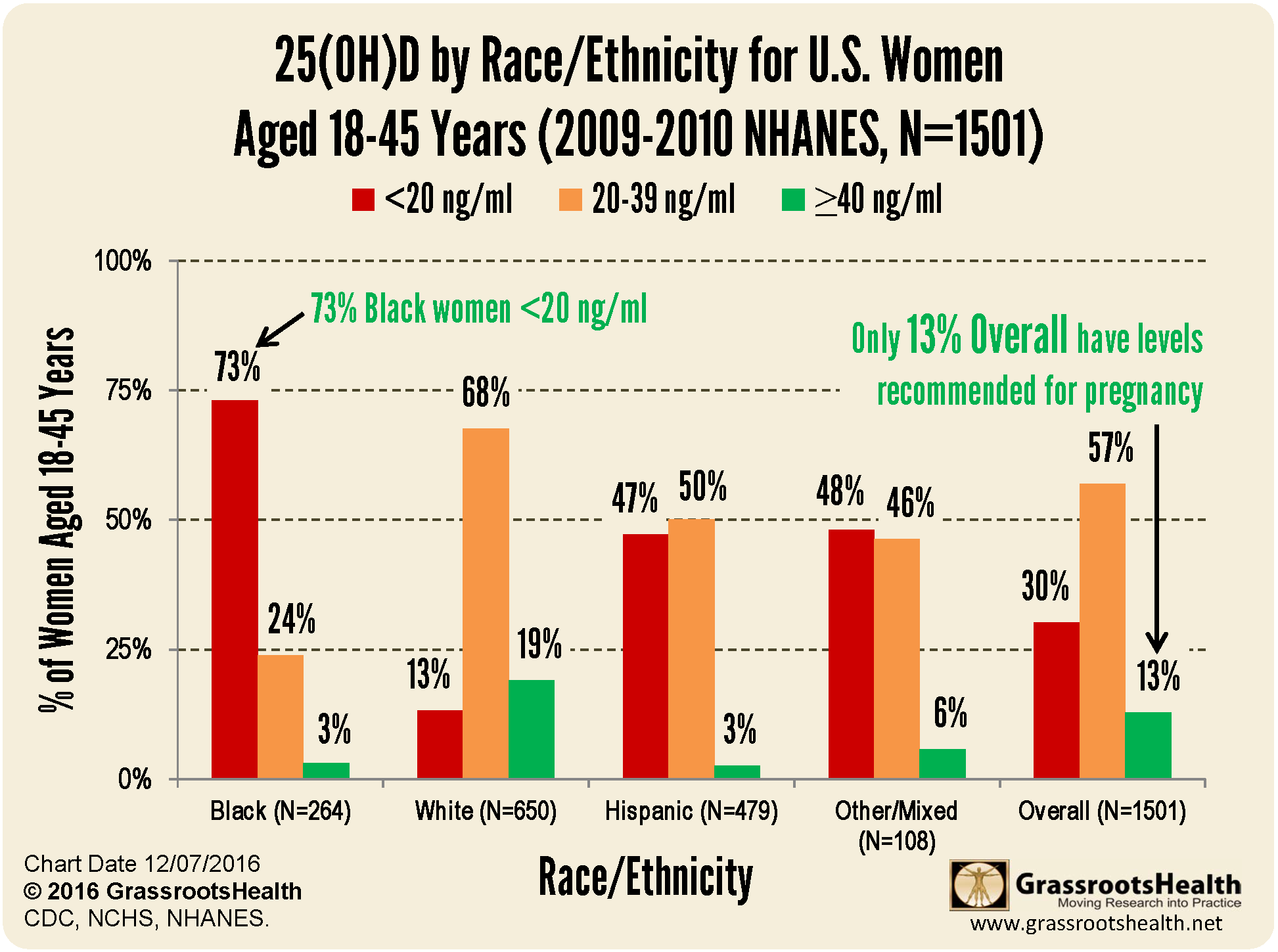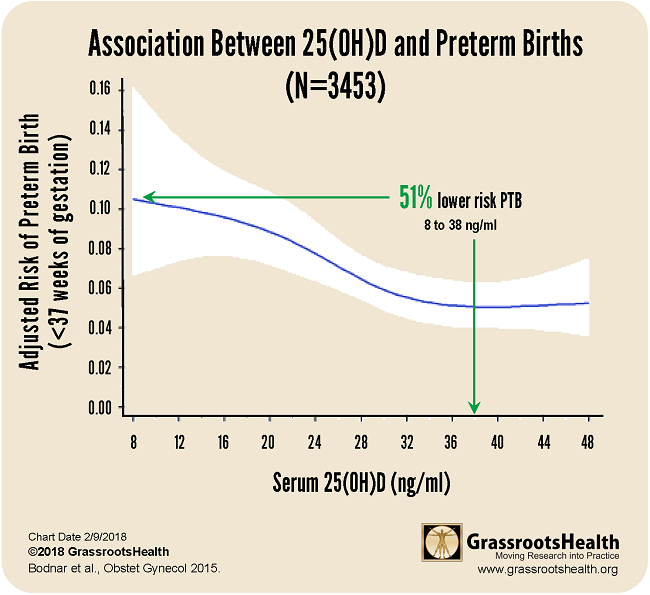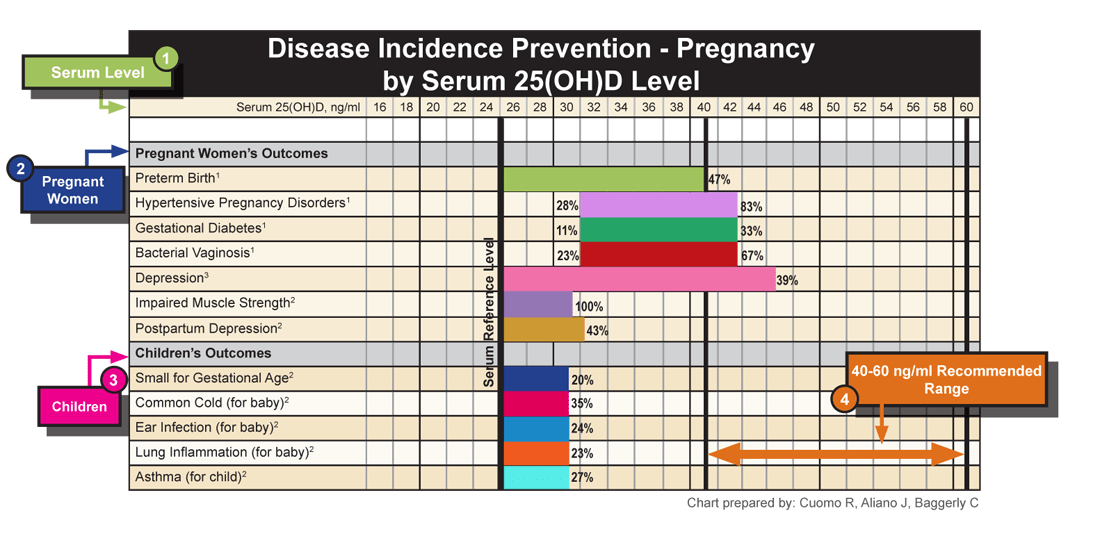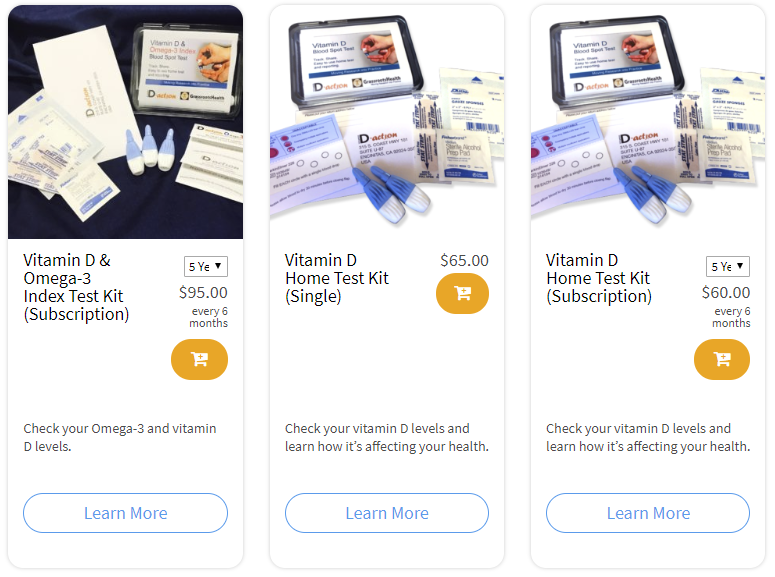Published on November 16, 2019
 World Prematurity Day was first started on November 17, 2008 by the European Foundation for the Care of Newborn Infants (EFCNI) at a meeting of European Parents’ Organizations. Since that time, the March of Dimes has declared November to be Prematurity Awareness Month.
World Prematurity Day was first started on November 17, 2008 by the European Foundation for the Care of Newborn Infants (EFCNI) at a meeting of European Parents’ Organizations. Since that time, the March of Dimes has declared November to be Prematurity Awareness Month.
According to the March of Dimes, approximately 15 million babies around the world will be born prematurely each year, and 1 million will die. In addition, it costs about $4,000 to deliver a healthy baby and about $54,000 to deliver a premature baby. The March of Dimes also conducts research and puts out a prematurity report card for every region in the country. Their 2019 report announced an upswing in premature birth in the US for the fourth year in a row and an overall ‘C’ rating (10.0%) for the US.
Why does preterm birth matter?
Doctors have realized that preterm birth (before 37 weeks gestation) and low birth weight (under 5.5 lbs) are associated with increased risk of health problems for the baby, including respiratory problems, feeding difficulties, jaundice, delayed brain development, increase of cerebral palsy, risk of ADHD and autism, as well as an increased risk of infant death.
What about Vitamin D levels?
The chart below shows vitamin D serum levels in US women of childbearing age (18-45 years), by race/ethnicity, based on data from NHANES 2009-2010. 87% of the population had levels BELOW the 40 ng/ml recommended for a healthy pregnancy.
Should Pregnant Women be Screened for Vitamin D Deficiency?
A 2018 publication by Rostami et al. reported on the benefits of vitamin D screening and supplementation for pregnant women. Screening and subsequent supplementation allowed the majority of women to correct pre-existing vitamin D deficiency, which has been shown to have negative effects on both the health of the pregnancy and the newborn (see below). Also, for the women who were screened, there was a reduced risk of 60% for preeclampsia, 50% for gestational diabetes mellitus, and 40% for preterm delivery compared to women not in the screening program.
This Supports Our Earlier Findings!
In 2015, GrassrootsHealth partnered with the Medical University of South Carolina (MUSC) to initiate a new standard of care to screen all pregnant women for vitamin D levels and provide them with supplements to help get their levels up to at least 40 ng/ml.
Overall, women who got their vitamin D level to at least 40 ng/ml (100 nmol/L) by the time of delivery had a 62% lower risk of preterm birth compared to women with levels under 20 ng/ml (50 nmol/L).
Additional Evidence through Repeated Findings
The findings from the field trial at MUSC align closely with previous analyses of randomized controlled trials on vitamin D and preterm birth outcomes. One of these studies showed a 59% lower preterm birth risk when comparing the same serum level groups (≥ 40 ng/ml vs. <20 ng/ml) (Post-hoc Analysis of Vitamin D Status and Reduced Risk of Preterm Birth in Two Vitamin D Pregnancy Cohorts Compared with South Carolina March of Dimes 2009-2011 rates, Wagner et al., November 2015).
Results published in a paper by Bodnar et al., Early-pregnancy vitamin D deficiency and risk of preterm birth subtypes, demonstrated similar findings among a group of 3,453 pregnant women. For this cohort, there was a 51% lower risk of preterm birth for women with a vitamin D serum level of 38 ng/ml or greater, compared to women with 8 ng/ml.
What can you do?
If you are pregnant, research has shown that testing vitamin D levels as soon as possible (optimally before conception) and maintaining vitamin D levels above 40 ng/ml (100 nmol/L) throughout the entire pregnancy will lower the chances of
- Preterm birth
- Hypertension disorders
- Gestational diabetes
- Bacterial vaginosis
- Depression and post-partum depression
- Impaired muscle strength
In addition, there are benefits for the baby of
- Normal birth weight
- Reduction of common colds
- Reduction of ear infections
- Reduction of respiratory illnesses and asthma
Are You or Someone You Know Newly Pregnant?
Share this important information with them, and suggest they enroll in the Protect Our Children NOW! online program for at-home vitamin D testing with free supplementation.
Everyone can Benefit from knowing their Vitamin D Level
Make sure you know your vitamin D level (with a target of 40-60 ng/ml or 100-150 nmol/L), as well as your Omega-3 Index (with a target of 8% or higher) and levels of essential nutrients, such as magensium. Through GrassrootsHealth Nutrient Research Institute, you can also test your inflammation levels, including your level of hsCRP. Find out your levels today! Log on to the shop (click the link below) to get your tests and see for yourself if your level can be improved.
Make sure you track your results before and after, about every 6 months!
Click Here to Access the Shop Page
How can I track my nutrient intake and levels over time?
To help you track your supplement use and nutrient levels, GrassrootsHealth has created an online tracking system called myData-myAnswers. For each specific supplement, you can track what days you take it, how much, and many other details. This will help you know your true supplemental intake and what patterns of use work for you to reach and maintain optimum nutrient levels. Check it out today!










